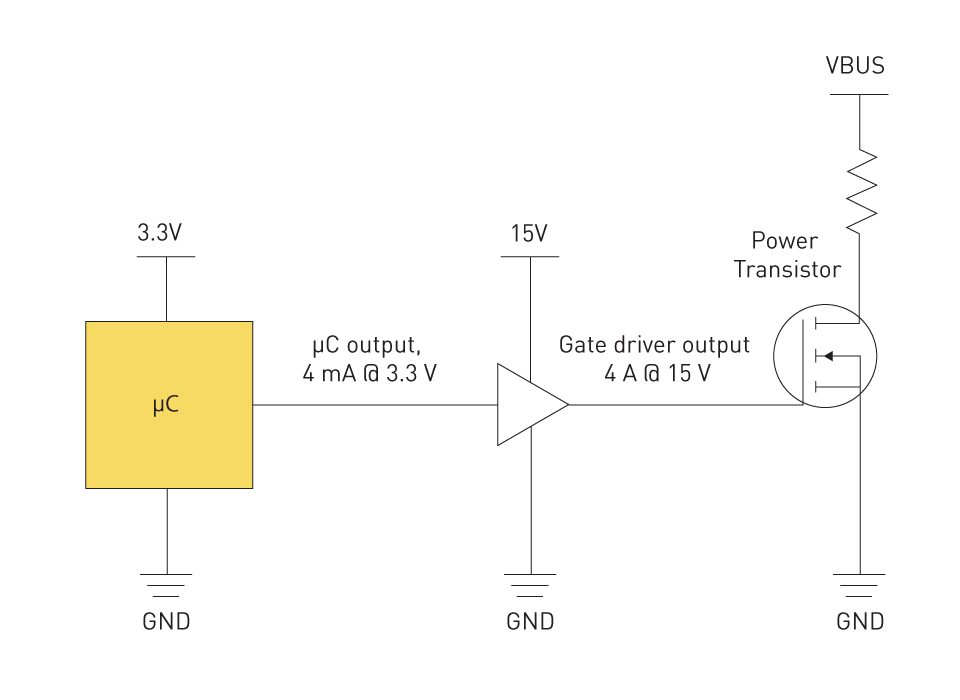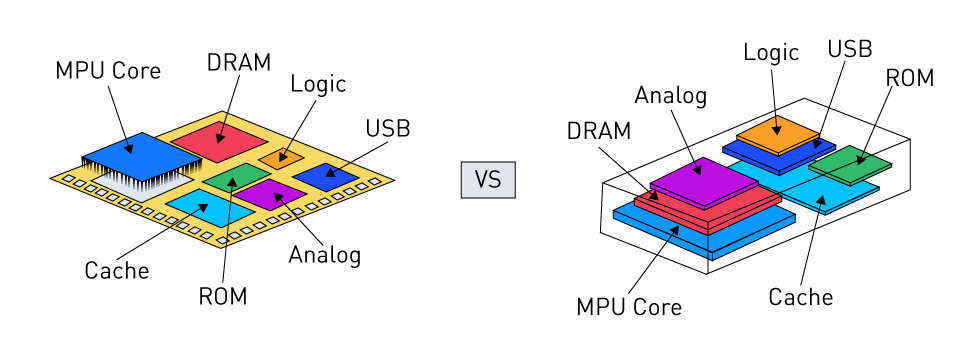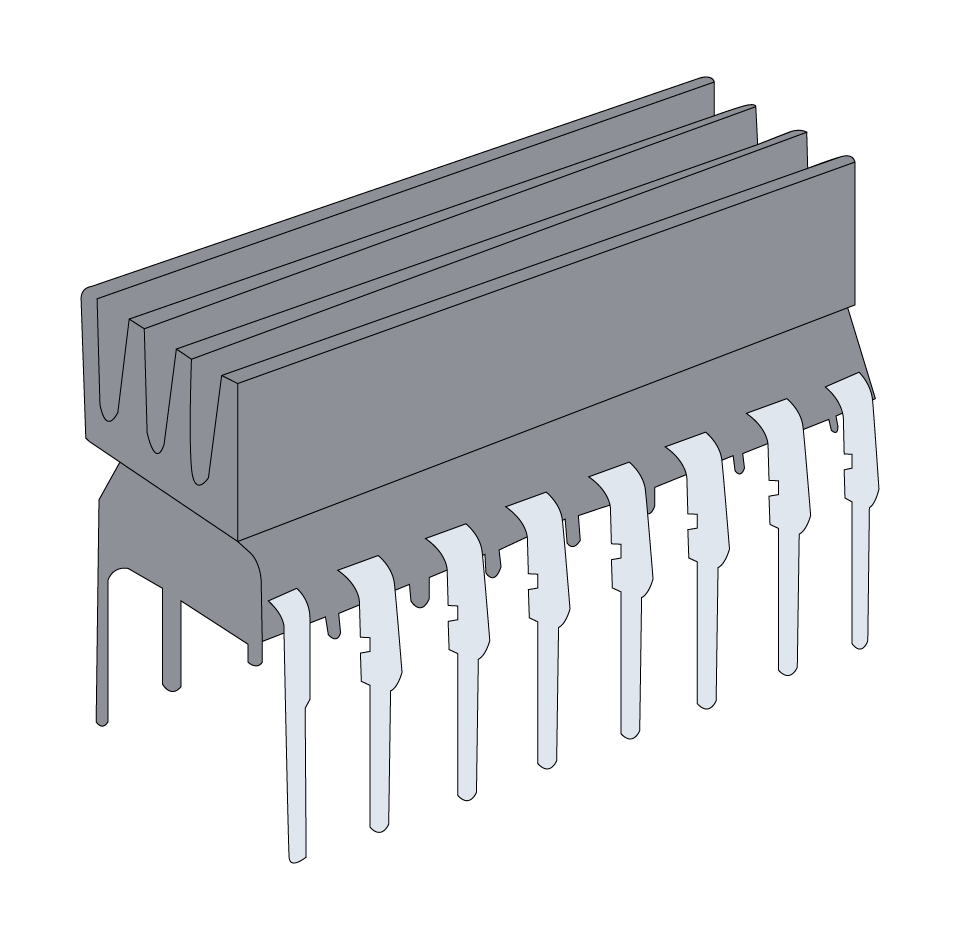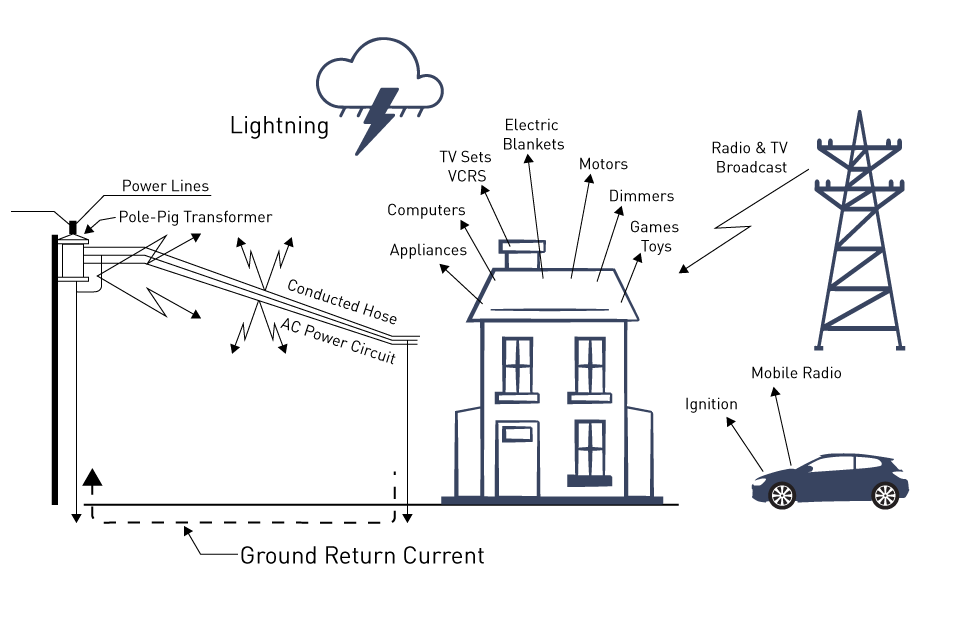Advanced Integration Possibilities
The future of electronics is closely tied to the progress of integration technologies. These advancements go beyond cramming more features into smaller spaces, they involve reshaping the way devices communicate with each other and their users.
Forecasting Developments in Integration Technologies
System-on-Chip (SoC) Evolution: Future SoCs are anticipated to seamlessly incorporate digital isolation into their architecture. This involves implementing built-in isolation for AI processors and secure elements, which guarantees secure and efficient inter-component communication within highly integrated systems.
3D Integration Technology: Advancements in 3D integration technology are expected to include isolated inter-layer connections, enabling the vertical stacking of components. This has the potential to completely transform power and signal isolation in compact devices, enhancing their performance and safety.
Heterogeneous Integration: With the integration of various components into single packages, the management of interactions among these components becomes crucial. Isolation technologies will be instrumental in achieving this. Digital isolators play a vital role in preserving signal integrity and safeguarding delicate components of the system.
Edge Computing and IoT Integration: With the increasing number of IoT devices, it is crucial to have strong network edge isolation to safeguard against external disruptions and guarantee dependable data processing. IoT devices can significantly enhance their security and functionality by directly incorporating isolation technologies.
Potential Impacts on Product Design and Performance
Smaller, More Efficient Devices: Incorporating digital isolation into cutting-edge packaging technologies will drive the creation of smaller and more power-efficient devices. This integration allows designers to seamlessly integrate safety and functionality into their devices without sacrificing size or energy consumption.
Enhanced Performance: Utilizing advanced integration techniques and sophisticated isolation technologies, device performance will be greatly enhanced. This encompasses faster data transfer rates, enhanced reliability, and an improved user experience across a range of applications.
Innovations in Product Development: The incorporation of isolation technologies presents exciting opportunities for product innovation, particularly in industries that prioritize stringent safety measures like medical devices, automotive systems, and industrial automation.
Design Complexity: The addition of integrated isolation solutions brings about new challenges in design and manufacturing. Engineers must overcome these challenges in order to fully maximize the advantages of advanced integration. This requires a thorough comprehension of isolation principles and how they can be applied.
Customization and Modular Design: Advanced integration and digital isolation enable greater customization and flexibility in electronic products through enhanced customization and modular design. Users can find value in devices that provide modular capabilities, allowing them to easily adapt to specific isolation requirements in different environments.
Potential Breakthroughs in Isolation Technology
The future of isolation technology in electronics is on the brink of revolutionary advancement. These innovations are anticipated to improve the safety, efficiency, and functionality of a broad array of electronic devices.
Predictions on Innovations in Isolation Techniques
Advancements in Material Science: Future developments in digital isolation are anticipated to utilize cutting-edge materials that provide excellent electrical insulation while occupying minimal physical space. Consider materials that have improved dielectric properties or nanostructured composites that are tailored for digital isolation. These materials can have thinner layers while still offering a robust shield against electrical interference.
Integration of Smart Isolation Systems: The idea of incorporating intelligent isolation systems that can adapt their isolation parameters in real-time has the potential to completely transform digital communication within electronic devices. These systems would enhance isolation levels based on current operational conditions, greatly improving the safety and energy efficiency of devices.
Miniaturization of Isolation Components: With the current trend of miniaturization in electronics, it is expected that digital isolation components will also be affected, becoming smaller in size and reaching microscale or nanoscale dimensions. This advancement allows for their integration into smaller devices without sacrificing isolation effectiveness, which is essential for advanced integrated circuits and IoT devices.
High-Frequency Isolation Solutions: Meeting the demand for high-speed data transmission requires digital isolation solutions that excel at high frequencies. Implementing these solutions would guarantee that digital isolators can effectively handle high data rates without compromising integrity or efficiency, which is crucial for advanced telecommunications and computing systems.
Implications for Future Design and Applications with Digital Isolation
Broader Application Range: The advancement of digital isolation technologies will broaden their use in industries that require strict safety and performance standards, including electric vehicles (EVs), renewable energy converters, and advanced industrial controls. This will contribute to safer and more dependable operations.
Enhanced Safety Standards: The growing influence of digital isolation technologies on safety requirements in various sectors may lead to the establishment of new standards for device and system safety. This progression will make protecting against operational dangers and electrical breakdowns easier.
Impact on Device Design: The use of innovative digital isolation technologies will revolutionize device design, and this allows for the creation of smaller, more efficient, and intricately crafted electronic systems. This has the potential to create new categories of electronic products or greatly enhance the capabilities of current ones.
Cost and Manufacturing Considerations: Although these advancements offer many advantages, they can also present difficulties in terms of manufacturing complexity and cost considerations. Finding the right balance is crucial for the widespread adoption of advanced digital isolation technologies.
Compatibility with Emerging Technologies: Ensuring compatibility with emerging technologies such as 5G networks, the Internet of Things (IoT), and artificial intelligence (AI) applications will be crucial for new digital isolation solutions. Ensuring compatibility is crucial for digital isolators to effectively meet the demanding requirements of advanced electronic ecosystems.
Artificial Intelligence and Machine Learning Integration
The incorporation of artificial intelligence (AI) and machine learning (ML) into the development of isolation solutions represents an exciting and innovative frontier in the field of electronics. This integration has the potential to completely transform the way isolation solutions are created, fine-tuned, and put into action across a wide range of applications.
Exploration of AI and ML in Digital Isolation Solution Development
Predictive Analytics for Isolation Solutions: Utilizing AI and ML for predictive analytics in digital isolation systems can preemptively identify potential failures or degradation, significantly boosting system reliability. This could potentially result in the creation of electronic devices that are more robust and capable of anticipating and preventing isolation breaches before they jeopardize the system.
Automated Design Optimization: AI-driven algorithms have the potential to completely transform digital isolation design by generating optimal configurations automatically. This not only simplifies the design process but also guarantees that digital isolators are customized to meet specific performance criteria, thus improving their efficiency and effectiveness.
Self-Adapting Isolation Systems: With the power of AI and ML, these advanced digital isolators can dynamically adjust isolation parameters in real-time. This flexibility guarantees top-notch performance in different operational conditions, greatly improving the safety and effectiveness of electronic systems.
Integration with Smart Grid and IoT Devices: When it comes to smart grids and IoT ecosystems, the integration of AI and ML enables intelligent management of digital isolation requirements. With this intelligent adjustment to power fluctuations and environmental variations, you can count on the uninterrupted and dependable performance of your devices, even in challenging conditions.
Predicted Enhancements in Design Optimization and Performance
Adaptability in Harsh Environments: With the help of advanced AI and ML technology, digital isolators have the potential to automatically adapt to challenging environments. This could greatly enhance their reliability in industrial or automotive applications, where current solutions may face difficulties.
Increased Efficiency and Energy Savings: By utilizing AI-driven digital isolators, intelligent management of isolation states can lead to significant reductions in power consumption. This development is in line with the worldwide movement towards sustainable and energy-efficient electronics, representing a notable stride towards more environmentally friendly technology solutions.
Acceleration of Innovation: With the integration of AI and ML into the design process of digital isolators, innovation is set to accelerate, resulting in shorter development times and reduced costs. This acceleration could help expedite the introduction of advanced isolation technologies to the market.
Customization and Scalability: AI and ML have the potential to provide highly tailored solutions for digital isolators, meeting the unique needs of a wide range of applications, including consumer electronics and industrial systems. This scalability offers enhanced isolation capabilities that are specifically designed to meet individual operational requirements, resulting in greater precision and efficiency.
Predictive Maintenance and Lifecycle Management: Implementing predictive analytics within digital isolators has the potential to revolutionize maintenance strategies, significantly prolonging the lifespan of electronic systems. Implementing these proactive measures would not only minimize downtime but also guarantee consistent performance and safety.
Autonomous and IoT Applications
The domains of autonomous technologies and the Internet of Things (IoT) are swiftly progressing, transforming our world in extraordinary ways. Isolation solutions are crucial in these sectors, guaranteeing safety, reliability, and performance.
The Role of Digital Isolation in Emerging Technologies
Autonomous Systems: When it comes to autonomous vehicles and drones, digital isolation plays a crucial role in separating high-voltage components from the vehicle's control and sensor systems. It ensures the protection of sensitive components from electrical noise and interference, which is crucial for maintaining the precision and reliability needed in autonomous navigation and decision-making processes.
IoT and Smart Devices: With the rise of IoT devices and smart technology, it is crucial to have strong digital isolation in place to ensure consistent and reliable performance, even in the face of electrical disruptions. It guarantees the preservation of data integrity and secure communication, which enhances the functionality and safety of IoT ecosystems.
Edge Computing: To keep systems secure, digital isolation is becoming more important in IoT applications' move towards edge computing, which involves processing data close to the source. It makes it possible for these devices to process data securely and efficiently, regardless of the electrical fluctuations or interference they may encounter.
Influence on Design Requirements for Autonomous and IoT Technologies
Enhanced Reliability and Safety Standards: The incorporation of autonomous and IoT technologies highlights the importance of digital isolators that meet strict safety and reliability requirements. Future design innovations will likely focus on improving isolation capabilities and using advanced materials and architectures to establish higher standards in system safety.
Miniaturization and Integration: With the increasing demand for smaller and more integrated devices, it is crucial to have digital isolation solutions that are not only efficient but also take up minimal space. We are constantly pushing the boundaries of technology to create innovative, compact digital isolators that can easily fit into smaller hardware designs while maintaining optimal performance.
Adaptability Across Voltage Ranges: Operating across a wide range of voltages is crucial for digital isolation solutions to meet the demands of various deployment scenarios for IoT devices. This versatility guarantees that devices can operate effectively in a wide range of power environments, spanning from wearable devices powered by batteries to heavy-duty industrial machinery.
Customization and Flexibility: The diverse range of applications in the IoT and autonomous sectors requires digital isolation solutions that can be tailored and adapted to specific needs. Potential advancements may involve customizable modular digital isolation designs that can be adapted to meet specific application needs, improving both functionality and expandability.
Power Efficiency: In energy-conscious autonomous and IoT applications, it is crucial for digital isolation to not only offer effective separation but also consume minimal power. Anticipated are advancements in low-power digital isolation techniques, with the goal of prolonging the battery life of portable devices and minimizing the energy consumption of larger systems.







直接登录
创建新帐号